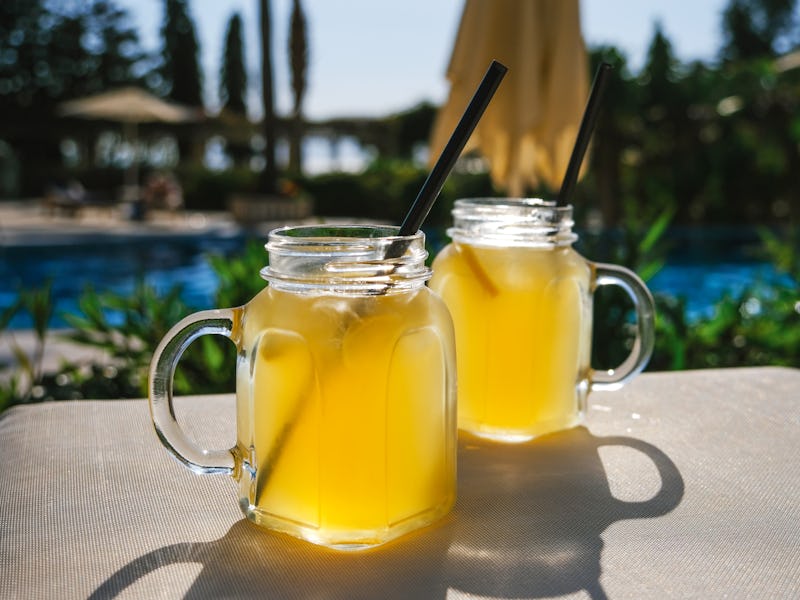What Color Should Your Pee Really Be? Experts Reveal Why Urine Shouldn’t Always Be Clear
Here's how your urine color should change throughout the day.

In an era of Stanley Tumblers and motivational water bottles, hydration is more fashionable than ever. But while everyone seems to be flaunting the color of their flasks, no one seems to be boasting about the color of their urine. So, if you are chugging all this water for good health, then what color should your urine be?
The common stance on urine has long been that the lighter the yellow, the healthier you are. But, in reality, experts say it's not normal to have pale, almost white urine all the time. It's far more normal for the color of your urine to fluctuate throughout the day. Here’s a breakdown of what your urine should look like.
Don’t trust morning urine
If you’ve ever noticed that your first pee of the day is a darker color — perhaps somewhere between apple juice and lemonade — wake up assured that this is quite normal.
Dan Baumgardt, a general practitioner and senior lecturer in anatomy, physiology, and neuroscience at the University of Bristol, says that it’s typical and healthy for the color of our urine to fluctuate throughout the day, especially when you wake up, as you haven’t any liquid for many hours.
But once you drink something, you should see a rapid color change the next time you go. “Your kidneys are very responsive creatures, and they will respond to fluid intake really quickly,” Baumgardt says.
When is it too light?
Drinking water dilutes your urine, creating a lighter color. But how light should we all be aiming for?
“We're not necessarily looking for a completely colorless solution,” says Baumgardt. “We're looking for something with a tinge of yellow.”
This tinge means that you’re not overhydrated, which can become an issue. Drinking too much water can “throw off your electrolyte balance,” says Riana Pryor, director of the Hydration, Exercise, and Thermoregulation (HEAT) Lab and professor of exercise and nutrition science at the University at Buffalo. Electrolytes are minerals, like sodium and potassium, that produce electrical charges when dissolved in a fluid like blood. In extreme cases, someone who’s overhydrating can develop a condition called hyponatremia, an imbalance of water and sodium in the blood, resulting in symptoms like headache, muscular weakness, and vomiting.
At the other end of the spectrum, Pryor says dehydrated people will retain more water, resulting in more concentrated urine with a darker color. Dehydration comes with some unpleasant symptoms, too. Baumgardt says that kidney stones, for instance, are more common in patients who are dehydrated, and, in general, dehydration can lead to fatigue and dizziness.
Is there an ideal urine color?
While urine color in general is an appropriate indicator of how hydrated you are, that doesn’t mean you need to pee clear all day long. Aptly, two beverages serve as benchmarks for coloration and hydration. “If your urine is the color of lemonade or lighter, you are adequately hydrated,” Pryor says. “If your urine is the color of apple juice or darker, you are dehydrated.”
He adds that 2 liters of water daily, or about 67 ounces, is worth aiming for in terms of daily water intake.
Pryor advises that in addition to urine color serving as a key marker of hydration, thirst matters, too. She says that the body begins to sense thirst when it has lost 2 percent of its body weight in water. “This sounds like a lot, but remember that this includes water losses from urination, and many people begin the day underhydrated, meaning that they have already lost some of this water by the beginning of the day,” she says. “Drinking to one’s thirst is a good plan for most individuals.”